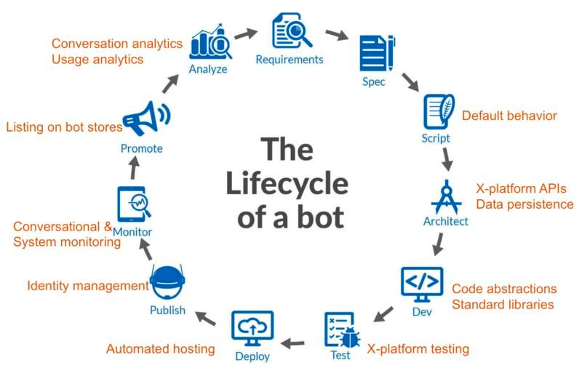Chatbots are virtual agents capable of emulating the conversation of a human. Chatbots are becoming very popular in providing online services or queries. Recently, chatbots have been gaining lots of limelight due to the development of Natural Language Processing (NLP) capabilities. Today, a chatbot can respond in a similar way a human agent would. Being devoid of emotions, a chatbot can be expected to offer the same quality of service throughout the day.
Despite the several advantages that chatbots can offer, careful consideration should be taken to understand the purpose of the chatbot. A chatbot can only emulate the conversation of a human but does not a human. While many expect a chatbot to be able to answer every question which the latter encounters, the chatbot is limited to the stories which were used to train the chatbot. A good storyboard is strictly dependent on the requirement set out by the client.
In this context, the human input(client) is the most important component of the chatbot itself. Many people misinterpret the NLP capabilities of a chatbot as being able to evolve on its own. Far from it, a chatbot will only evolve in a cyclic manner, throughout the continuous inflow of data to which it is subjected. The data are refined and re-adjusted to increase the stories of the chatbot so that it responds to a more extensive range of queries.

Source: chatbotsmagazine
The most important component of the chatbot is to understand the purpose it serves and the target audience. Failure to adhere to this will result in a diluted response from the chatbot. The requirement must be well-framed, and client input is essential. Chatbot developers will only be able to translate the requirements of the client into stories that will be used to train the chatbot. Furthermore, the limitations must also be set out so that both the expectations and the requirements of the client equate. Else, the chatbot will be trap under the development cycle forever without even going through the whole cycle as illustrated above.
Consider the example of SIRI, a virtual assistant embedded in the IOS ecosystem, underwent several iterations before being able to provide such an extensive range of responses. When a bot is first published, it needs to be continuously monitored. Post-deployment a bot may still be unresponsive to certain user conversations. The best way to monitor the bot is to monitor the user conversation. Several iterations are required to finally meet the expectations of the users, which is different from that of the client. The learning process is dependent on user interactions and not on client requirements. The client requirements only set the high-level objectives or purpose of the chatbot.
To conclude it is important to differentiate between the requirements and the expectations of the clients. A good chatbot is only dependent on the client’s requirement and not only on the ability of the chatbot
